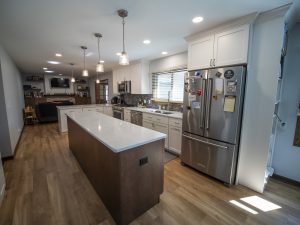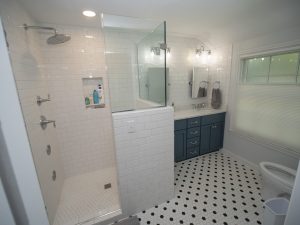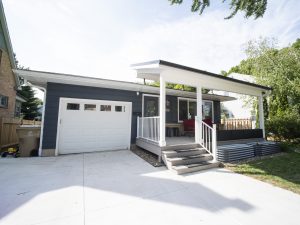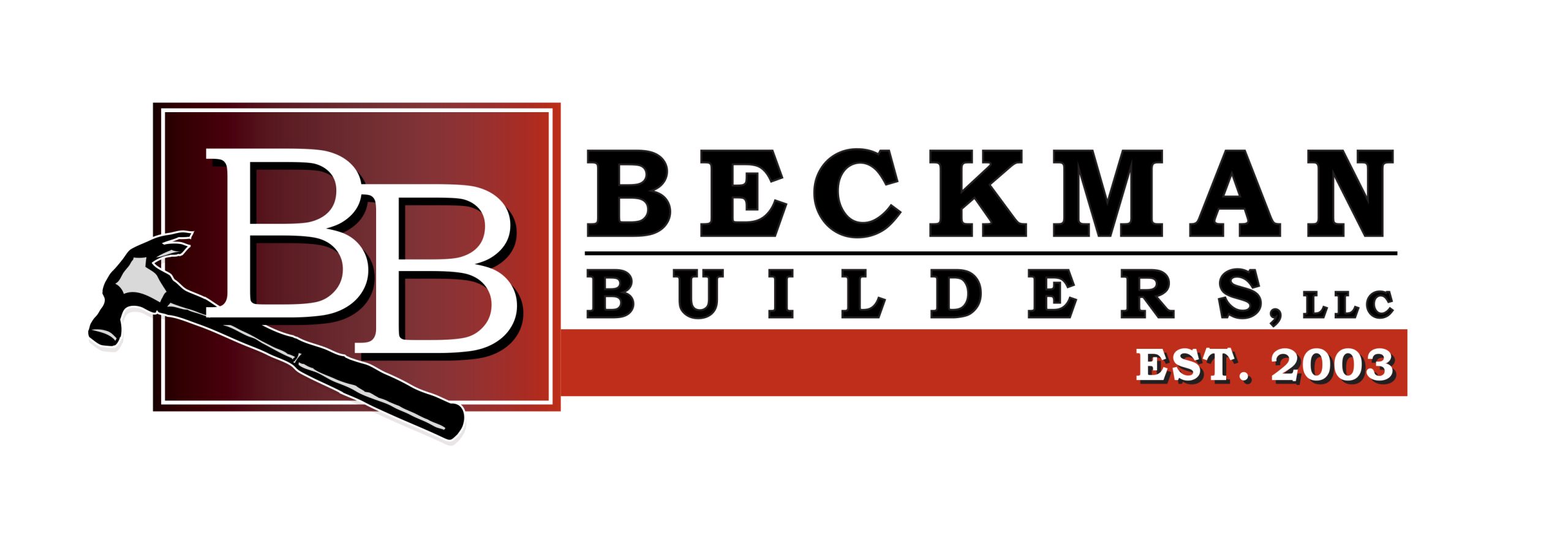A major home renovation is more than just a project—it’s a major shift in how you use and experience your home. Whether you’re updating outdated rooms, expanding for a growing family, or adapting your layout for future needs, the process takes careful planning.
For those considering home remodeling in Madison, WI, there are essential steps to follow to ensure the project runs smoothly, stays within budget, and meets expectations. Skipping even one phase can lead to delays, unexpected expenses, or outcomes that don’t fully align with your needs.
Here’s a step-by-step guide to help you plan a successful renovation from start to finish.
Step 1: Assess Your Goals and Needs
Before jumping into design ideas or budget numbers, take a moment to clearly define why you’re renovating. Identifying your goals upfront will guide every decision moving forward.
Ask yourself:
- What are the main issues with your current space?
- Is the renovation about improving function, space, aesthetics, or value?
- Will this be your long-term home, or are you planning to sell soon?
These answers will help shape the scope of your project and prioritize the most important upgrades.
Step 2: Define Your Budget (With a Buffer)
Budgeting is one of the most critical parts of renovation planning. It sets the tone for what’s possible and helps prevent overspending once the work begins.
When planning a realistic budget:
- Research typical remodeling costs for your area
- Include material, labor, permits, and design fees
- Set aside an extra 10–20% for unexpected expenses
In home remodeling projects in Madison, WI, factors like regional labor rates, older home structures, and weather delays may impact your costs—so it’s smart to prepare for contingencies.
Step 3: Research Local Building Codes and Permit Requirements
Before any construction starts, check local building codes, especially if you’re modifying your home’s structure, electrical system, or plumbing. In Madison, WI, you’ll need permits for most major renovations.
Common projects that usually require permits:
- Additions or structural changes
- Window and door replacements
- Electrical or plumbing upgrades
- Roofing and siding changes
Neglecting permits may lead to fines, forced tear-outs, or resale issues. Your contractor should handle the permitting process, but it’s wise to stay informed and confirm everything is filed correctly.
Step 4: Hire the Right Professionals
Finding a reputable and experienced contractor is key to a smooth renovation. Depending on the size of your project, you may also need an architect, structural engineer, or interior designer.
When choosing a remodeling contractor:
- Check local licenses and insurance
- Review past project photos and client reviews
- Ask for a clear estimate and scope of work
- Look for someone familiar with home remodeling in Madison, WI, including local suppliers and weather-related concerns
The right team can help avoid costly mistakes and will communicate effectively throughout the process.
Step 5: Finalize the Design and Materials
Once your contractor or architect understands your goals, the next step is to finalize the design and select all materials. This includes layouts, finishes, fixtures, colors, and appliances.
Make as many decisions as possible before construction begins to avoid delays later.
Important elements to finalize:
- Floor plans or layout changes
- Flooring, tiles, countertops, cabinets
- Paint colors and lighting
- Hardware and fixtures
Changing your mind mid-project often results in delivery delays or rework, which can increase the overall budget and timeline.

Explore More:- Selecting the Perfect Builder for Your Custom Dream Home
Step 6: Create a Realistic Timeline
Timelines vary depending on project scope, material availability, and weather conditions. Be realistic and allow extra time for inspections or potential setbacks.
Typical renovation timeframes:
- Kitchen remodel: 8–16 weeks
- Bathroom remodel: 8–12 weeks
- Whole-home renovation: 3–6 months or more
In Madison, WI, weather can impact exterior work, especially in late fall and early spring. Plan accordingly if your renovation involves roofing, siding, or additions.
Step 7: Prepare Your Home (and Family)
A major renovation can disrupt your daily routine. Noise, dust, and limited access to key areas of your home are all part of the process.
To prepare:
- Set up a temporary kitchen or bathroom (if those areas are affected)
- Remove furniture or valuables from work zones
- Talk with your contractor about work hours and access points
- If needed, arrange for temporary living arrangements
Clear communication helps manage expectations and reduce stress once construction begins.
Step 8: Monitor Progress and Stay Involved
Even if you trust your team completely, staying involved during construction helps prevent misunderstandings and keeps the project aligned with your expectations.
Check-ins might include:
- Weekly walkthroughs with your contractor
- Reviewing progress photos or daily updates
- Approving materials or change orders promptly
Don’t hesitate to ask questions or request clarification. Your involvement helps ensure decisions are made quickly and correctly.
Step 9: Handle Inspections and Adjustments
Most large remodeling projects require inspections at different stages, such as after framing, electrical, plumbing, and before final sign-off. These inspections ensure the work meets code and safety standards.
Your contractor typically coordinates these inspections, but you should stay aware of when they occur. If any issues arise during inspection, address them promptly to avoid delays.
Also, be prepared for minor changes during the build process. Sometimes hidden issues—like old wiring or structural flaws—are only revealed during demolition.
Step 10: Final Walkthrough and Punch List
As your project nears completion, do a final walkthrough with your contractor. This is your chance to make note of any touch-ups or items that need to be corrected before final payment.
Your punch list might include:
- Paint touch-ups
- Loose hardware
- Cleaning or debris removal
- Minor alignment issues with doors or cabinets
Once all items are addressed, you’ll receive a final invoice and documentation (like warranties or manuals) for your records.
Step 11: Enjoy and Maintain Your New Space
After all the planning, construction, and decisions, your renovated home is finally ready. Take time to enjoy the improved space and make sure to maintain it well so it serves you for years to come.
Tips to protect your renovation investment:
- Keep a record of paint colors, finishes, and appliance manuals
- Schedule seasonal maintenance (roof, HVAC, etc.)
- Handle minor issues before they turn into major repairs
Step-by-Step Checklist Recap
Here’s a quick list to keep your renovation on track:
- ✅ Identify renovation goals
- ✅ Set a realistic budget with contingency
- ✅ Review permit requirements in Madison, WI
- ✅ Hire licensed, experienced professionals
- ✅ Finalize design and materials early
- ✅ Build a timeline based on scope and season
- ✅ Prepare your home and family
- ✅ Stay involved during construction
- ✅ Complete inspections and resolve issues
- ✅ Review punch list before sign-off
- ✅ Maintain your upgraded space
Final Thoughts
A successful home renovation depends on thoughtful planning, clear communication, and choosing the right team. By following a step-by-step approach, you can avoid the common frustrations of remodeling and achieve a space that works for your current and future lifestyle.
If you’re considering home remodeling in Madison, WI, it’s helpful to work with a team that understands the local codes, climate, and construction environment. That experience ensures your home upgrades are both beautiful and built to last.
Ready to Begin Your Renovation?
Start your planning process with professionals who understand the details from the ground up. Whether you’re updating a single room or reimagining your entire layout, working with the right contractor makes all the difference—contact us to get started.
Explore our recent projects or schedule a consultation today through our website. Beckman Builder LLC
